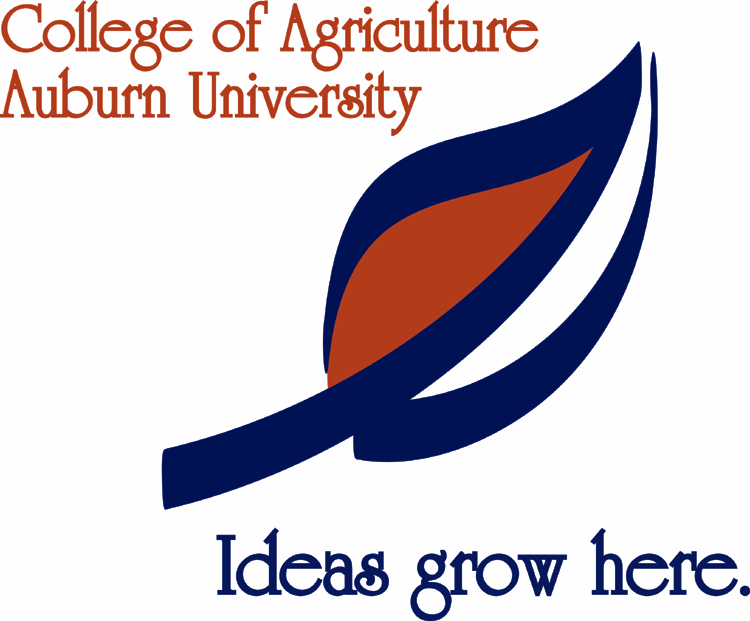
BUTLER/CUNNINGHAM
This site will change from time to time. Basic organization will remain constant.
click here to contact Mike Polioudakis, site developer
polioej@acesag.auburn.edu
 |
BUTLER/CUNNINGHAM
|
This site will change from time to time. Basic organization will remain constant. click here to contact Mike Polioudakis, site developer polioej@acesag.auburn.edu |
|
Level 2 Ag Facts US: Financial Management
|
Selection of Similar Pages |
Selections from the Home Page | ||
|
|
Financial information on farms is not easy to obtain. The key points vary by region, size of farm (in acres and in money), type of crop, the age of the major operator, and many other factors. This section presents some statistics on farm financial management and financial balances, gathered from the USDA. The material available on this USDA site is much more than can be summarized here. The reader is invited to visit the site and to explore the options there. It is not hard and it can be quite rewarding (bring a notebook and prepare to spend a lot of time). The URL for the site is: www.ers.usda.gov/data/farmfinancialmgmt/finrat.htm In the address (URL), "finrat" stands for "financial ratios". The first set of four buttons presents a selection of tables that summarize farm financial balance sheets and financial ratios, for 1996-2000, for (1) All Farms in the US; (2) farms in the Southeastern Seaboard; (3) farms from the Fruitful Rim; and (4) farms in the Heartland. The geographical terms refer to the new regional categories of the USDA (see above, this website): the Southern Seaboard includes Alabama and states east; the Fruitful Rim includes land west of the coastal mountains in California, Oregon and Washington; and the Hearland is the fertile Midwest. You should be able to read these tables if you have a fairly recent browser (such as Internet Explorer or Netscape); if you cannot, please notify the site developer. For all farms in the US, rate of return on assets never rises above 3%; rate or return on equity rarely rises to 1%; and operating profit margin only rises above 9% once. These figures do not indicate a consistently high return and do indicate that farms are vulnerable to even minor fluctuations. The Southern Seaboard is noticeably worse off then the national aveage while the Fruitful Rim and the Heartland are noticeably better, as expected. The second set of five buttons presents a selection of tables that breaks the same data up according to the monetary yearly volume of transactions of farms, as indicated by the dollar figures on the buttons. In general, the larger the financial volume, the better the farm does. Indeed, the smallest farms, on which the poorest families depend, routinely lose money. The threshold for making any consistent return seems to be at least $250,000. However, only farms that turn over at least $1,000,000 have balance figures that move them into the range for other established businesses in the US of comparable size.
|